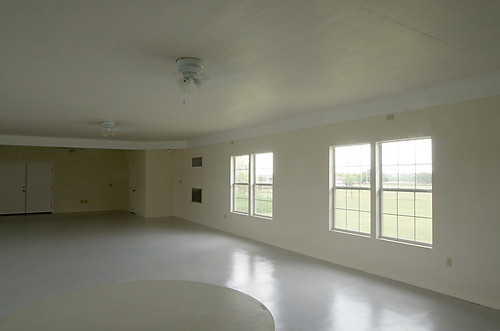So, it dawned on me the other day that not everybody knows who Uta Barth is or, even more importantly, knows how to get “the look.” While I cannot say that I’m an expert on “all things Uta” I can say that I have created a few Uta-like images through the years. And, probably more importantly, I’ve incorporated elements of the abstract minimal into my work. The influence has done some creeping into my “everyday” as it were, which, I think, actually makes it kind of fun and natural for me. Anyway, because I’ve been so inspired, I offer up some of my tips on the abstract minimal.
First off, the biggest tip you can take away is that, while abstract minimal may “look easy” it is often anything but easy to do. Drop the notion that it’s “easy” to do this type of work-it’s actually a bit harder than it looks. Or, let me put it another way: it may look easy, it may even be easy on some levels but, to do it well, and I mean, really well, it’s harder than it looks. It takes practice and you will end up with a lot of “almost but not quite” images that you simply cannot use or aren’t that happy about. Deal with it or go back to your f/16 crispy sharp focused kind of a world.
After the first big one, here are some other tips to get you started.
Take your camera off auto-focus. Don’t even think about trying to use auto-focus. Pretend you do not have auto-focus. Repeat after me, “auto-focus is for wimps.” Yes, Virginia, you really can focus a camera at a spot in the focal plane other than what the camera recommends. Do it.
Recall that your focal plane is 1/3 in front and 2/3’rds in back of where you focus. To get a nice uniform “soft focus” look, I typically focus behind the subject. To get a shallow DOF look, focus in front of the subject. Learn the difference between these two and choose wisely for best results. (If you have to, get a plant or a vase and a tape measure to figure this part out.)
I typically stop down but focus carefully to get that uniform “soft focus” look. You ready that right. Much of my “soft focus” work is actually shot with my camera on f/16, just focused in an unexpected place. (Yes, it’s true, I’m in the f/16 camp and I really should be making fun of the f/1.8 club but that’s a post for another day.) Many people, especially those who prefer shallow DOF, shoot wide open. Once you learn the difference between the two looks, experiment and find one that fits your mood. You really do need to experiment with both ends of your aperture range though, so try it out and see what works for you.
The next tip is maybe a bit obvious, maybe not, depending on how you compose. Deconstruct the world into simple shapes. Map everything you see into a circle, square, rectangle, triangle, or line. Alter your composition to highlight (or eliminate) these simple shapes. Don’t think (or compose) in terms of detail-reduce. I sometimes try to image a blank sheet of paper, and then think of simple shapes that I can draw easily-I even try to compose my images so that I can draw the shapes without removing the pencil from the paper. This will create images that are more simple and less cluttered. One line and simple shapes around an image will often place you into the abstract minimal camp.
Treat space itself as a subject. As photographers, we often fall for the “tyranny of the bulls-eye” that is, we like to plunk things down in the middle of the frame. Many times, we put the subject in the center of the image and, many times, this works but not so much for the abstract minimalist. Try use space to create tension-it works and it creates both a tension and a tranquility in your image.
When starting out with minimal work, many artists rememeber the old saying, “less is more.” While that may be true (it is! it is!) just as you remember to take things out of the composition, recall that, the things left behind gain a greater importance. By removing the clutter, you place more weight and emphasis on the clean. This is sometimes easier said than done but it’s a point that’s best not forgotten entirely.
I use a lot of leading lines when doing abstract minimal work. It helps to define the space a bit and place more emphasis on the stuff I have selected to leave into the composition.
Don’t forget that the abstract minimal allows you to look at things in a completely new light. Even shooting around your house, you’ll get very different results. Things will photograph differently from what you’re used to. Because of that, I recommend you start close to home. Experiment in your house, try shooting a door, a window, the sink, whatever’s on your kitchen table. You don’t need large empty rooms to do abstract minimal, sometimes corners and entryways work just as well.
I’m sure there are many more tips out there, but I thought that these could help get you started.
Until next time…

